
Copernical Team
NASA, INL take next step toward developing dynamic radioisotope power system
 Idaho National Laboratory (INL) has selected Aerojet Rocketdyne as the lead subcontractor for the first of three phases toward the development of a dynamic radioisotope power system for a lunar demonstration mission by the late 2020s as outlined in Space Policy Directive-6.
The goal of this technology demonstration is to develop and demonstrate performance of a system that is three times m
Idaho National Laboratory (INL) has selected Aerojet Rocketdyne as the lead subcontractor for the first of three phases toward the development of a dynamic radioisotope power system for a lunar demonstration mission by the late 2020s as outlined in Space Policy Directive-6.
The goal of this technology demonstration is to develop and demonstrate performance of a system that is three times m Rocket Lab confirms helicopter capture attempt for next recovery mission
 Rocket Lab has confirmed it will attempt to catch a returning rocket booster mid-air with a helicopter during the company's next recovery mission. The confirmation follows the successful demonstration of helicopter shadow operations for the first time during the company's 22nd Electron launch last week in the company's latest effort to make Electron the world's first reusable, orbital-class comm
Rocket Lab has confirmed it will attempt to catch a returning rocket booster mid-air with a helicopter during the company's next recovery mission. The confirmation follows the successful demonstration of helicopter shadow operations for the first time during the company's 22nd Electron launch last week in the company's latest effort to make Electron the world's first reusable, orbital-class comm New Russian module docks with International Space Station
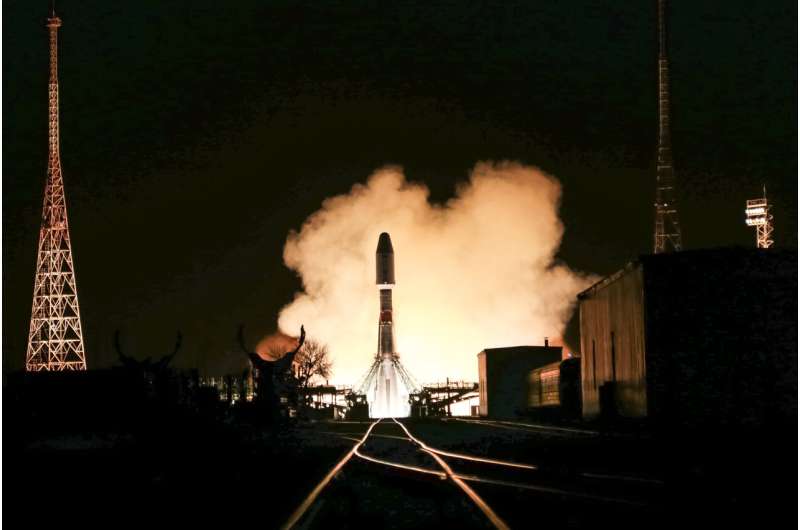
Testing confirms Webb Telescope on track for targeted Dec. 22 launch
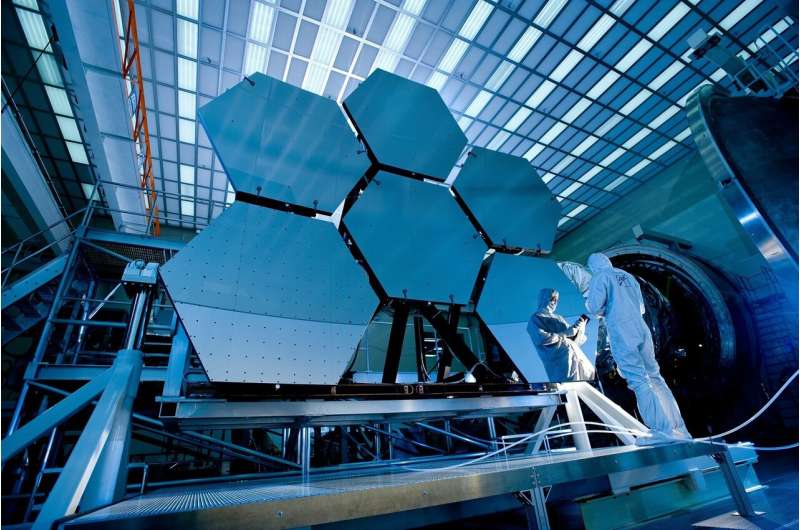
Engineering teams have completed additional testing confirming NASA's James Webb Space Telescope is ready for flight, and launch preparations are resuming toward Webb's target launch date of Wednesday, Dec. 22, at 7:20 a.m. EST.
Additional testing was conducted this week to ensure the observatory's health following an incident that occurred when the release of a clamp band caused a vibration throughout the observatory.
On Wednesday, Nov. 24, engineering teams completed these tests, and a NASA-led anomaly review board concluded no observatory components were damaged in the incident. A "consent to fuel" review was held, and NASA gave approval to begin fueling the observatory. Fueling operations will begin Thursday, Nov. 25, and will take about 10 days.
The Webb Space Telescope is an international partnership with the European and Canadian space agencies. It will explore every phase of cosmic history—from within our solar system to the most distant observable galaxies in the early universe, and everything in between. Webb will reveal new and unexpected discoveries, and help humanity understand the origins of the universe and our place in it.
Parker Solar Probe completes a record-setting swing by the sun
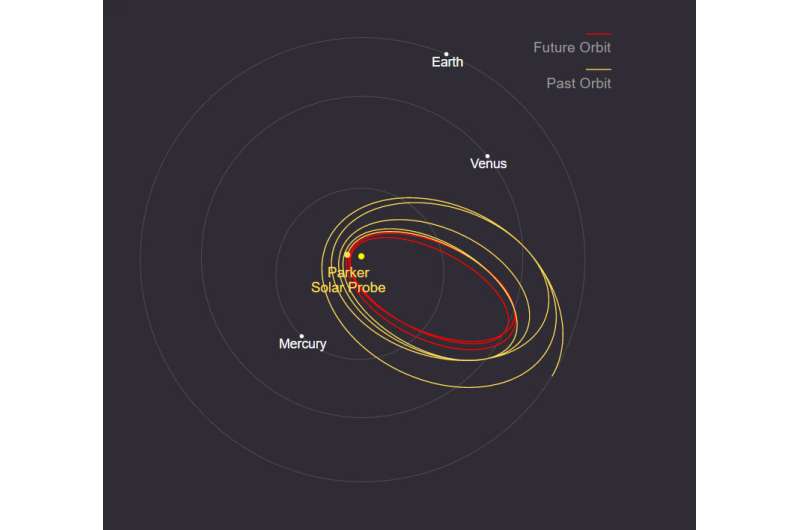
Blazing along at space-record speeds that would get it from Earth to the Moon in under an hour, NASA's Parker Solar Probe completed its 10th close approach to the sun on Nov. 21, coming within 5.3 million miles (8.5 million kilometers) of the solar surface.
The close approach (known as perihelion), also at a record distance, occurred at 4:25 a.m. EST (8:25 UTC), with Parker Solar Probe moving 364,660 miles per hour (586,864 kilometers per hour).
Could we really deflect an asteroid heading for Earth? An expert explains NASA's latest DART mission
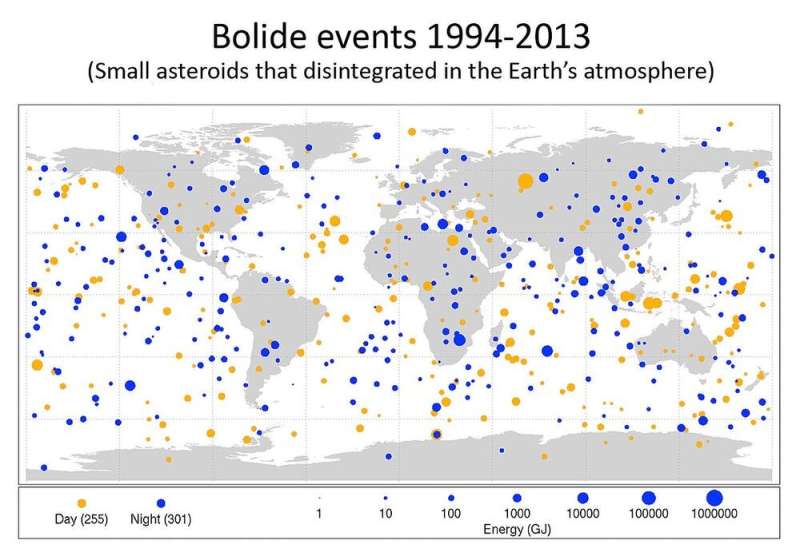
A NASA spacecraft the size of a golf cart has been directed to smash into an asteroid, with the intention of knocking it slightly off course. The test aims to demonstrate our technological readiness in case an actual asteroid threat is detected in the future.
The Double Asteroid Redirection Test (DART) lifted off aboard a SpaceX rocket from California on November 23, and will arrive at the target asteroid system in September, next year.
The mission will travel to the asteroid Didymos, a member of the Amor group of asteroids.
Earth from Space: Kainji Lake
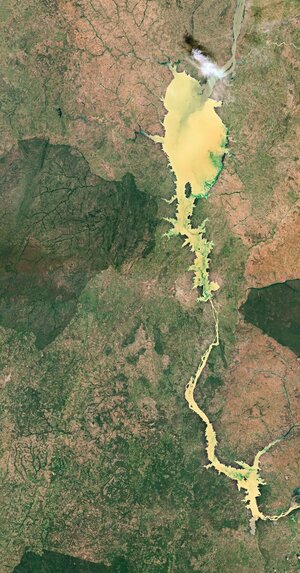
Kainji Lake, a reservoir on the Niger River in western Nigeria, is featured in this true-colour image captured by the Copernicus Sentinel-2 mission.
ESA helps Greece to boost its space investments
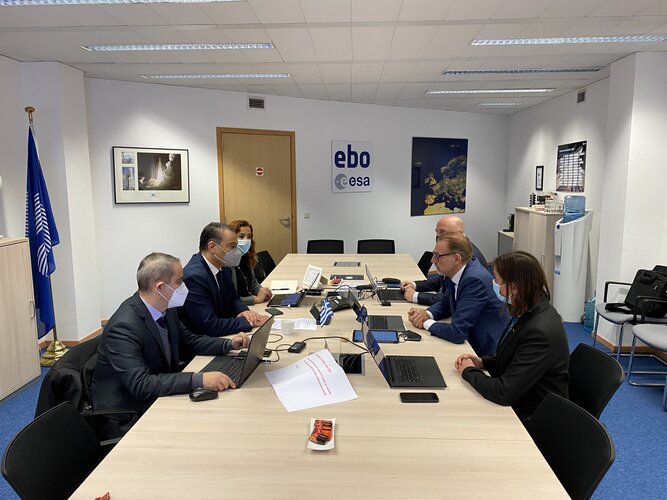
Ambitious plans to expand the nascent space industry in Greece – enabling the digital transformation of society while creating jobs and generating prosperity – have received a fillip from ESA.
ISRO rife with speculation about human space mission centre, IN-SPACe shift
 With speculations and rumours abounding on shifting of its human space mission centre and the headquarters of private sector space regulator Indian National Space Promotion and Authorisation Centre (IN-SPACe), officials of the Indian space agency are worried lot.
Serving and retired senior officials of Indian Space Research Organisation (ISRO), speaking on the condition of anonymity, told
With speculations and rumours abounding on shifting of its human space mission centre and the headquarters of private sector space regulator Indian National Space Promotion and Authorisation Centre (IN-SPACe), officials of the Indian space agency are worried lot.
Serving and retired senior officials of Indian Space Research Organisation (ISRO), speaking on the condition of anonymity, told FCC Validates SES Phase I Accelerated C-band Clearing and Relocation Certification
 SES, the leader in global content connectivity solutions, announces the U.S. Federal Communications Commission (FCC) has validated the certification of SES's Phase I accelerated C-band clearing and relocation activities, a critical step to help meet the Commission's objectives to quickly roll out 5G services across the United States.
With the help of trusted partners across the U.S., SES h
SES, the leader in global content connectivity solutions, announces the U.S. Federal Communications Commission (FCC) has validated the certification of SES's Phase I accelerated C-band clearing and relocation activities, a critical step to help meet the Commission's objectives to quickly roll out 5G services across the United States.
With the help of trusted partners across the U.S., SES h 